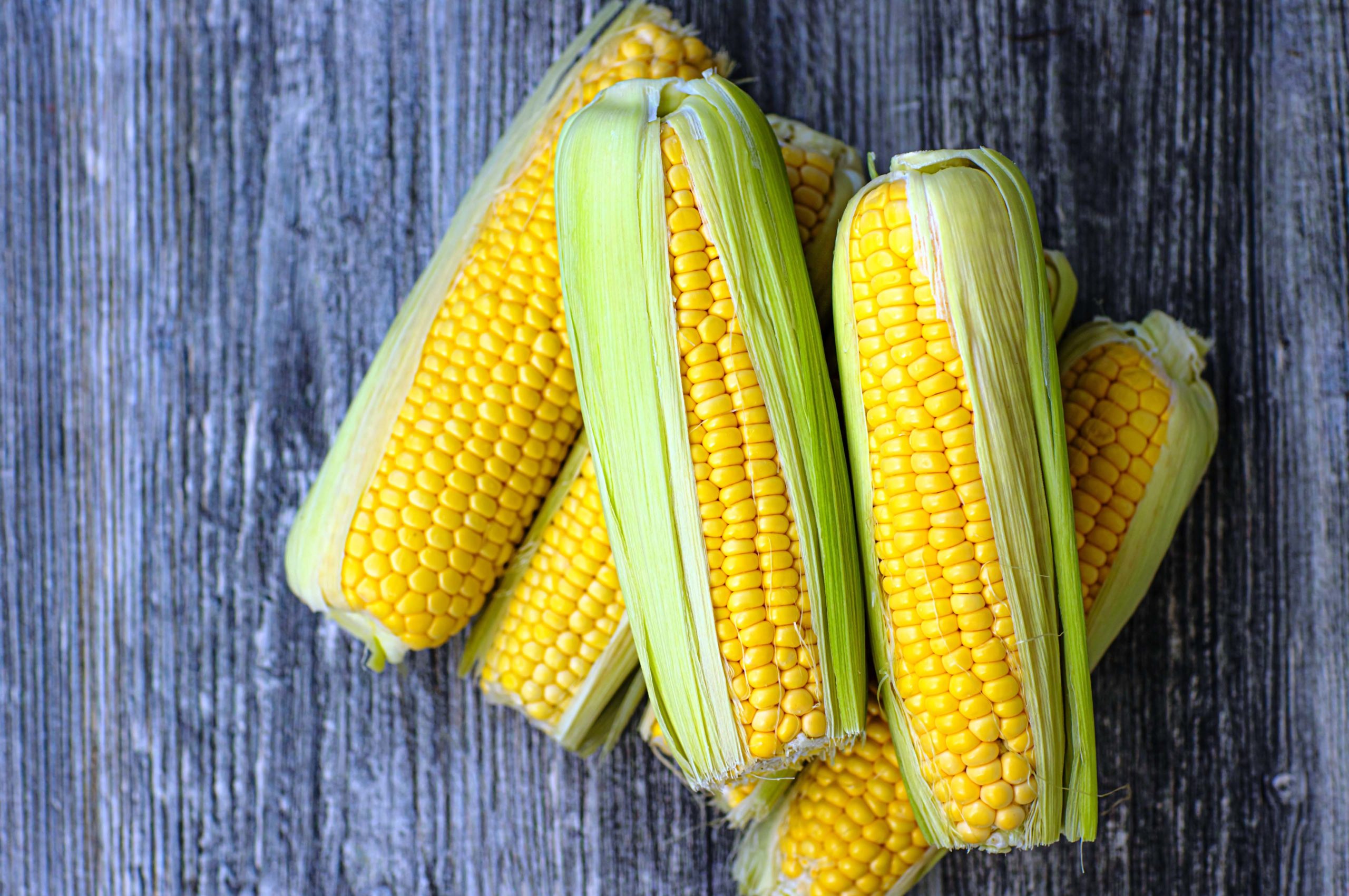



Article by: Hari Yellina
The FAR Australia team working on the Grains Research and Development Corporation’s Hyper Yielding Crops project, which has increased maximum yields in wheat, barley, and canola, is now focusing on maize. FAR is looking at how far the envelope can be pushed in respect to maize, an extremely significant crop for irrigated producers in the Murray and Murrumbidgee basins, as part of the GRDC’s Optimising Irrigated Grains programme. Moreover, the project’s top-end outputs appear to be outstanding, with yields of up to 18 tonnes per hectare being targeted.
Agronomic innovations, according to FAR Australia managing director Nick Poole, are allowing for increased yields. This week, farmers in north-eastern Victoria will go on a crop walk to see how they might boost yields and improve performance. Mr Poole explained, “Topics for discussion will address crucial elements of growing grain maize under irrigation with the goal of promoting adoption for improved agronomic management techniques and profitability.”
While large yields are feasible, farmers are carefully assessing their input options because to growing input costs. The best time to apply nitrogen will be a major topic of discussion, with the FAR Australia team seeking towards the sweet spot where excellent yields are maintained but farmers can save money on fertiliser applications. Farmers must also consider where the maize crop fits into the entire rotation, according to Mr Poole.
For growers to get the most out of their maize crops, double cropping and determining whether agronomy programmes need to be customised differently when maize is planted later following a winter crop like canola is also crucial. Plant population and determining the optimum number of plants for best dry matter production, grain yield, and harvest index, he added, was another significant determinant of yield. From 9.30 a.m. to 11 a.m., the Maize Trials Field Walk will be place at the Peechelba East research site on Teagues Road, north-west of Wangaratta. FAR Australia is working on the project in partnership with the Irrigated Cropping Council.
Grains, commonly referred to as ‘cereals’ or ‘cereal grains’, are the edible seeds of specific grasses belonging to the Poaceae (also known as Gramineae) family. Wheat, oats and rice are the grains most commonly eaten in Australia, with others such as rye, barley, corn, triticale, millet and sorghum making a smaller contribution. Some types of wheat such as spelt, freekeh, farro (emmer), kamut and eikorn are also becoming more popular.